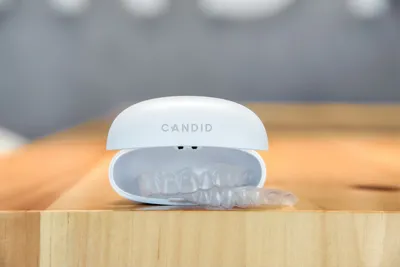The Importance of Flossing Daily for Your Oral Health
Why Flossing Should Be a Part of Your Daily Routine
Flossing is often an overlooked aspect of dental hygiene, yet it plays a crucial role in maintaining oral health. While brushing cleans the surface of your teeth, flossing ensures that the spaces between your teeth and under your gumline are also free of food particles and plaque.
Preventing Gum Disease
One of the primary benefits of flossing is its ability to prevent gum disease. Plaque that is not removed by brushing and flossing can harden into tartar, leading to inflammation of the gums. This can result in gingivitis or, in more severe cases, periodontitis if left untreated.
Reducing Bad Breath
Food particles stuck between teeth can lead to bad breath, as they provide a breeding ground for bacteria. Regular flossing removes these particles, thereby reducing instances of bad breath and promoting a fresher breath overall.
Lowering the Risk of Cavities
Flossing also reduces the risk of cavities forming between the teeth, where a toothbrush cannot reach. By removing plaque and food debris, you prevent the acid produced by plaque from eroding your tooth enamel.
How to Floss Properly
Flossing incorrectly can cause more harm than good, so it's essential to know the proper technique:
- Use about 18 inches of floss and wind most of it around one of your middle fingers. The other end should be wound around the opposite middle finger, leaving an inch or two to work with.
- Hold the floss taut between your thumbs and index fingers, and slide it gently up and down between your teeth.
- Curve the floss around the base of each tooth, making sure you go beneath the gumline. Avoid snapping or forcing the floss, as this can damage your gums.
- Use a clean section of floss as you move from tooth to tooth.
Types of Floss
Not all floss is created equal, and choosing the right type can make a difference in your flossing routine:
- Waxed Floss: Easier to slide between tightly spaced teeth.
- Unwaxed Floss: Often thinner and best for those with evenly spaced teeth.
- Dental Tape: Wider and flatter than standard floss, suitable for individuals with larger gaps between their teeth.
- Floss Picks: Convenient for on-the-go use but may not be as effective in removing all plaque.
Incorporating Flossing into Your Routine
Integrating flossing into your daily routine can be simple:
- Consistency: Aim to floss at least once a day, preferably before bedtime, to remove any food particles and plaque accumulated throughout the day.
- Set Reminders: Use reminders on your phone or put a sticky note on your bathroom mirror to help remember to floss.
- Make It a Habit: Incorporate flossing into your established dental routines, like brushing your teeth or using mouthwash.
Conclusion
In conclusion, flossing daily is an integral part of maintaining excellent oral health. It goes beyond what brushing alone can achieve by reaching the hidden spaces between your teeth and under your gumline. Whether you prefer traditional floss, dental tape, or floss picks, make sure you are flossing correctly and consistently to keep gum disease, cavities, and bad breath at bay.
Popular Oral Health Articles
Explore the articles our readers find most helpful, ranging from basic dental care tips to advanced oral health topics.




Related Posts
View All
Exploring the Role of Nutrition in Oral Health

The Vital Role of Fluoride in Oral Health
